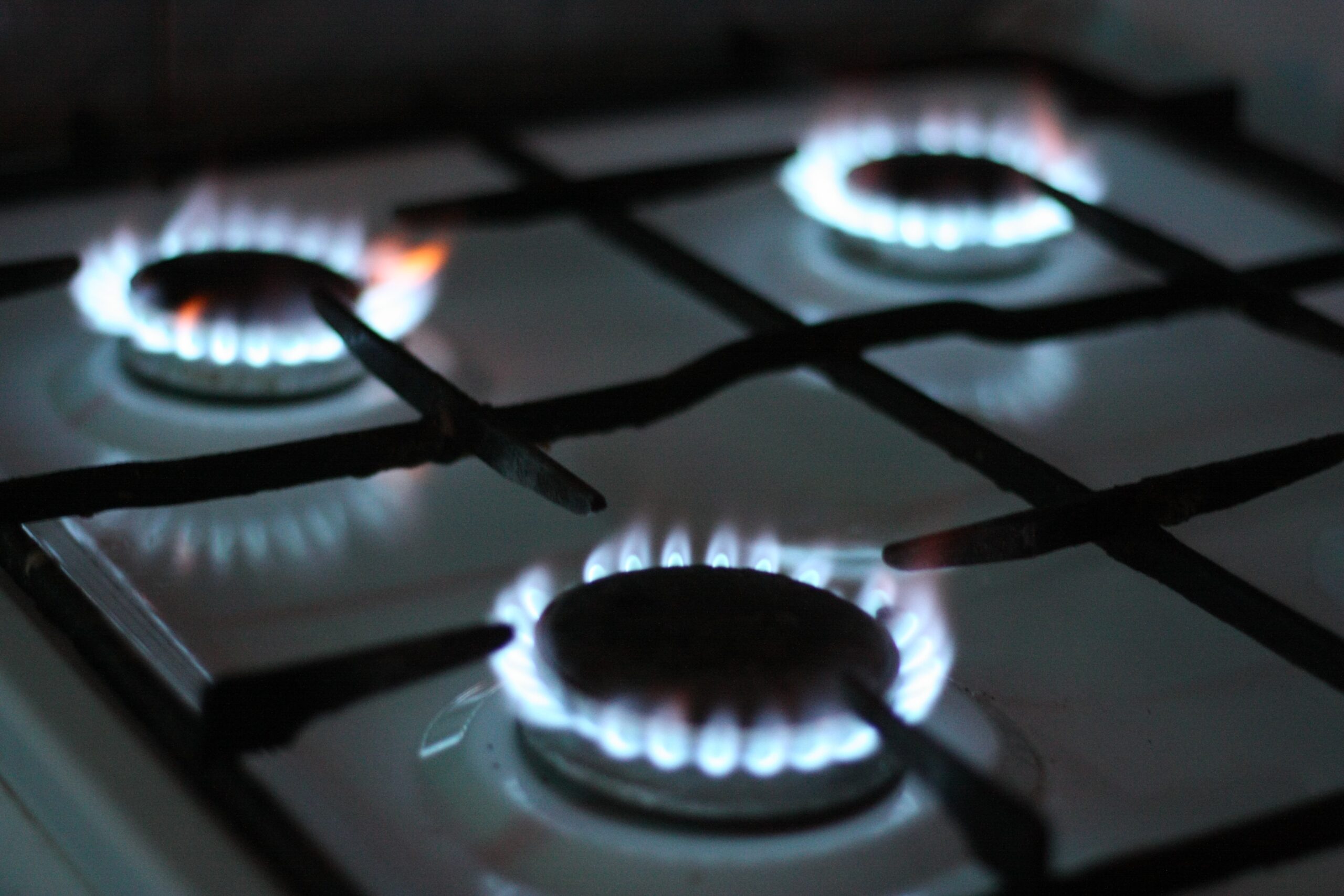Italy’s gas prices are now almost 5 times higher than they were in 2021. This is a symptom of the current energy crisis, brought on by Russia’s illegal invasion of Ukraine, and is likely to get worse as we move into winter months. Italy – as is the case for many other European countries – relies on fossil fuel imports for its energy security. In this case, fossil gas. This dependency on gas has now become a problem as supply shortages drive up prices, creating inflationary pressure and increasing prices across the economy.
At the beginning of the year 40% of Italy’s gas was imported from Russia, which has decreased, but still remains at a significant 25%.
In the face of this growing pressure, the Italian government has notably not chosen to diversify and decarbonise its energy mix with cheap renewables, but instead is pursuing a policy of replacing gas with gas, diversifying its imports to increase shares coming from North Africa (Algeria) and investing in two regasification plants to process increased LNG imports.
The implications of this decision are serious, as climate and economic concerns are increasingly becoming intertwined as temperatures rise. This summer heatwaves increased demand for electricity as people rushed to cool their homes, while droughts around the river Po basin exacerbated problems with power supply, lowering hydropower capacity and limiting water supply.
Italy could use this moment to change its trajectory, diversify its energy supply away from fossil fuel imports, and prioritise the deployment of renewable energy.
What does a 1.5°C pathway look like for Italy?
Italy’s Plan for the Ecological Transition (PITE) adopted in March 2022 indicates an aspirational emissions reduction target by 2030 of 256 MtCO2e, equivalent to an emissions reduction of 51% below the 1990 level. However, Italy has so far not formally adopted any 2030 economy wide emissions reduction targets at the national level. Instead, it relies on its integrated national energy and climate plan, which contains emissions targets covered by the EU emissions trading system (ETS) and effort sharing regulation (ESR).
Combined, they target a 37% reduction in emissions by 2030 below 1990 emission levels. Italy’s Ministry of Finance indicates that, with current policies, emissions reductions are likely to hit 42% by 2030 compared to the same baseline. But for Italy to be consistent with a 1.5-degree world, its emission reductions would need to be substantially more ambitious, targeting a reduction of 66-75% below 1990 levels by the end of the decade.
The main sources of greenhouse gas emissions in Italy are from: transport, power, buildings, and industry in that order. While the national integrate climate plan touches upon these sectors and sets certain targets leading to decarbonisation, they are insufficient to limit warming to 1.5°C.
Plummeting technology costs in each sector offer significant opportunities to reduce greenhouse gas emissions, for example: electrifying transport and encouraging a modal shift away from personal vehicles; phasing out fossil fuels and investing in renewable energy sources; renovating old buildings and electrifying heating systems; electrifying the industrial sector, and replacing fossil fuels with green hydrogen.
Implementation
Italy is not without any policies to help with the transition. However, these will need to be strengthened and new policies developed where there are gaps. For example, the Italian government already subsidies the purchase of electric vehicles. The level of the subsidies could be increased, in line with the construction of charging infrastructure to increase electric vehicles’ modest market share of 10%. Encouraging modal shifts can reduce car traffic in cities and promote of active modes of transport, such as walking and cycling, making urban environments more attractive to the inhabitants and visitors, and reaping health benefits from more active lifestyles.
The building sector is likewise targeted by generous support for energy-efficient renovations, with current renovation targeting 3% of total floor area per year. This would need to be ramped up, and coupled with electrification of heating systems, which are currently 50% reliant on gas. Increasing the energy efficiency of Italy’s building sector would decrease energy poverty and increase quality of life of its citizens – both in the summer, as well as in the winter. Electrification of heat for the buildings sector, especially through installation of heat pumps (used for heating and cooling) can promote a more democratic approach to energy provision, as they can be powered by the solar power straight from people’s rooftops.
The industry sector, currently reliant on fossil gas for 35% of its energy needs, needs to keep up the emissions reductions rates sustained between 2003 and 2019. While some of these reductions can be attributed to Italy’s economic slowdown following the 2009 financial crash, further decarbonisation is broadly achievable through electrification.
The key to achieving these goals is the decarbonisation of the power sector is imperative. Otherwise, increased electrification would take place, only to be powered by fossil fuels. With an ambitious 2025 coal phaseout date, Italy needs similar ambition with regards to gas, which currently provides about 50% of its power needs.
Italy has some of the highest solar radiation in the EU. Its government can significantly reduce energy costs of its citizens by facilitating deployment and utilisation of this source of energy. Increasing investments in renewables can also generate much needed jobs for its economy, especially in rural areas and the South.
Luka Vasilj, Climate Policy Analyst at Climate Analytics
Photo by Mykola Makhlai on Unsplash






